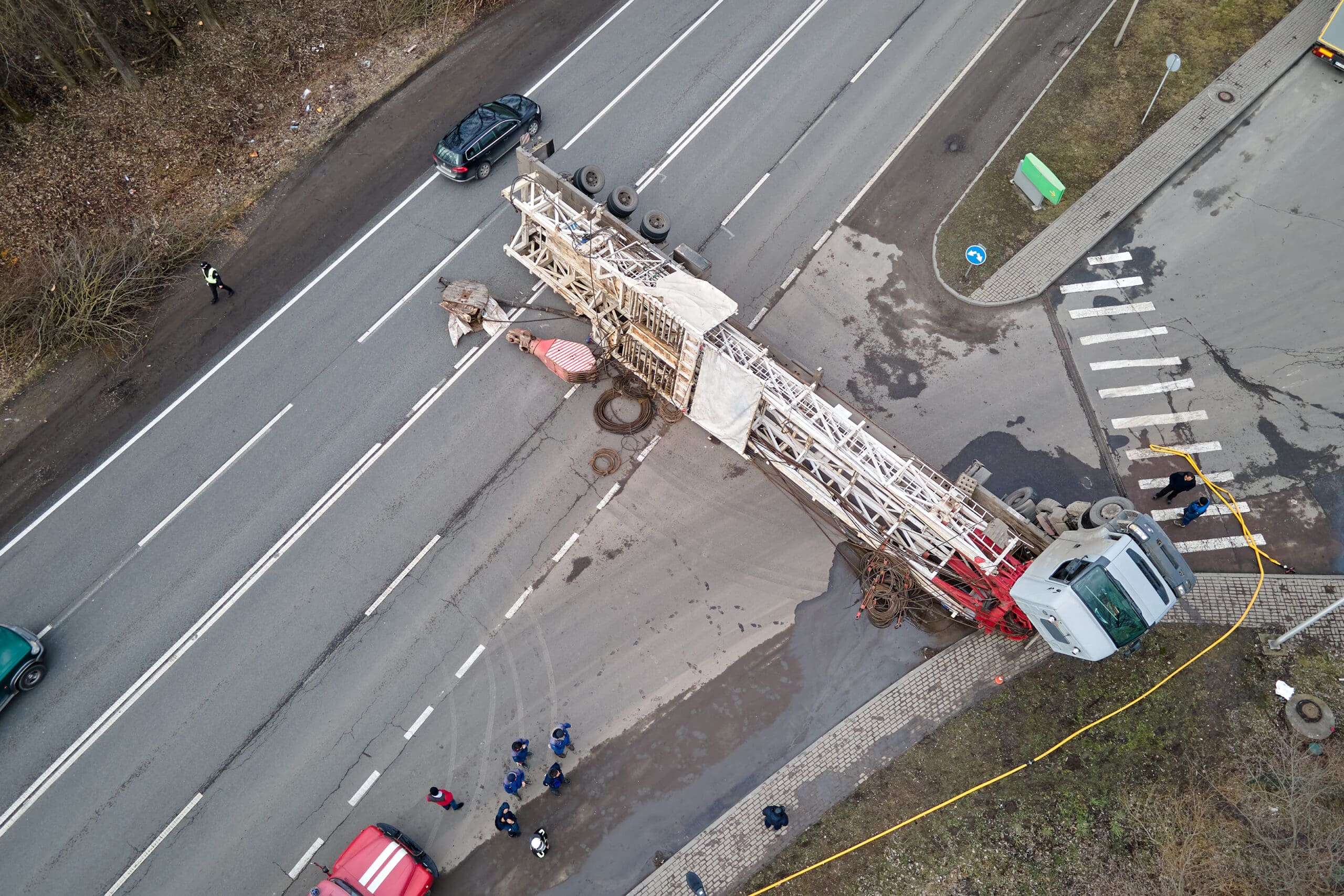How to File an Injury Lawsuit in New York
When you seek compensation for an injury sustained by another party's negligence, you may make a formal claim.
Each personal injury case will be distinct and it's impossible for us to predict how long the case will take.
However there are a few commonly used legal terms that you should be aware of as the case moves through the court system.
The Complaint
The Complaint is the first legal document that must be filed in the course of a lawsuit. It outlines the legal claims you have, the damages that you are seeking, and what the defendant(s) caused your injuries. It also includes a request for an appointment for a trial.
The complaint is filed in the court and served on the defendant(s). The defendants have a date to file an answer or other response. They will then deny the allegations and state their defenses. At this moment, your attorney could also add a counterclaim or a third-party defendant.
Your lawyer will be able to support his arguments by citing existing law (including laws and decisions, as well as other cases from the courts in which your case is currently being handled, as well as cases from other jurisdictions). This helps the judge to understand why they think that the defendant is liable for your injuries.
We will then draft an Bill of Particulars. It is an official document that outlines your injuries and their total amount, which includes the cost of medical bills, lost wages, and other monetary losses. We will also prepare a demand for relief that describes the amount you are seeking. The demand is based on the medical treatment that you received as well as any other evidence you gave to your lawyer. During the discovery phase, which makes up the majority of the timeline for lawsuits both the defendant and we will exchange information using a variety of legal tools such as requests for admissions, interrogatories and requests for the production of documents. We may also ask for the deposition of doctors and experts.
The Claim Notice
New York law imposes special rules for lawsuits against municipalities and other governmental entities. These rules stipulate strict deadlines for filing claims, as well as strict statutes that limit the length of time during which the lawsuit can be filed. It is essential to speak with an experienced lawyer for injury in these cases.
The first step in filing a claim against a municipality or government entity is to submit a Notice of Claim. injury settlement redlands must be filed in writing and notarized. It identifies who is making the claim and contains enough details about the incident or accident to let the city agency know who is responsible for damages, injuries and losses. It also specifies the amount of the claim.
After the City has received this claim it will acknowledge receipt and assign a claim number to it. An examiner from the Comptroller's Office will be assigned to investigate your claim and could request additional information from you or other sources. If you contact the city regarding your claim you are asked to provide your claim number and the name of the person assigned to your case. The examiner will determine whether the City is responsible for your damages and, if so the amount to which you are entitled under the law. If you and the city are unable to agree on a solution, your case may go to trial.
The Discovery Phase

The Discovery Phase is a key aspect of any lawsuit because it permits you to obtain information and evidence from the opposing party. You can do this through different methods such as written requests (called "discovery letters") and subpoenas. The process of discovery can help you build an argument that is strong and will win your case.
The first step in the discovery phase is to research the market. This is accomplished by an experienced team of project managers who analyze the market and its competitors to determine the most current trends, and the best solutions for your application.
This research includes interviews with all stakeholders who can contribute to the success your project. This includes the owners of the product and administrators, as well as end-users, investors, and users. This information can help you and your team to determine the primary goals of your project, and how to measure the success of your project.
A well-planned discovery process can save you both time and money. It will limit the number of changes to the final product, eliminate misunderstandings and give you an official scope statement that will help your software vendor determine the development process with precision. This will help you avoid the pitfalls associated with the undefined budget of your project or delays in the launch.
